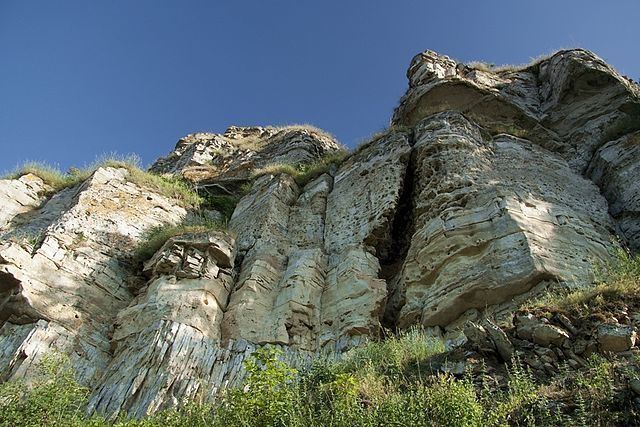Peak Mount Bezymyannaya Length 60 km (37 mi) Parent range Volga Upland | Elevation 381.2 m (1,251 ft) Width 32 km (20 mi) | |
 | ||
Trip zhiguli mountains onebefree
The Zhiguli Mountains (/ʒiːɡuːˈliː/; Russian: Жигулëвские горы [Zhigulyovskiye gory]) or simply Zhiguli (Russian: Жигули́), sometimes called The Zhiguli Heights - Жигулëвская возвышенность [Zhigulyovskaya vozvyshennost], are a range of wooded mountains located in Russia on the right bank of the Volga River, in the Samara bend. The mountains are an important source of limestone and oil (extracted since the Great Patriotic War (World War II)) and are also popular as a scenic area for local and regional tourism. Their altitude reaches a maximum of c. 1,240 ft (380 m). The range is named for a nearby town Zhigulyovka (no longer extant), itself probably named for an early inhabitant, Zhegul (Russian: Жегуль). Formerly, the range was known as the Lada, after the river pirates who used to hide out in its wooded valleys, a name which is still in popular local usage today.
Contents
- Trip zhiguli mountains onebefree
- Map of Gory Zhiguli Samara Oblast Russia 445168
- Geography and geologyEdit
- References
Map of Gory Zhiguli, Samara Oblast, Russia, 445168
Geography and geologyEdit
The range's topography is skewed from north to south: the northern slopes drop very abruptly down to the Volga River, while to the south the hills descend much more gently, forming a wide plateau dissected by a labyrinth of narrow valleys and gullies. The western part of Zhiguli is separated from the main plateau by the broad inlet of the Usa river. The central, highest part of the Zhiguli is an almost flat plateau, which also forms the highest point in the entire central zone of European Russia.
The Zhiguli are considered the only tectonically active mountains in European Russia, first having formed around 7 million years ago. The summits and other exposed areas of the Zhiguli are composed of limestone and dolomite sediments laid down 230-350 million years ago in the Permian and Carboniferous periods. The slopes of Zhiguli are mostly formed from products of aeration of the Permian and Carboniferous bedrock.
